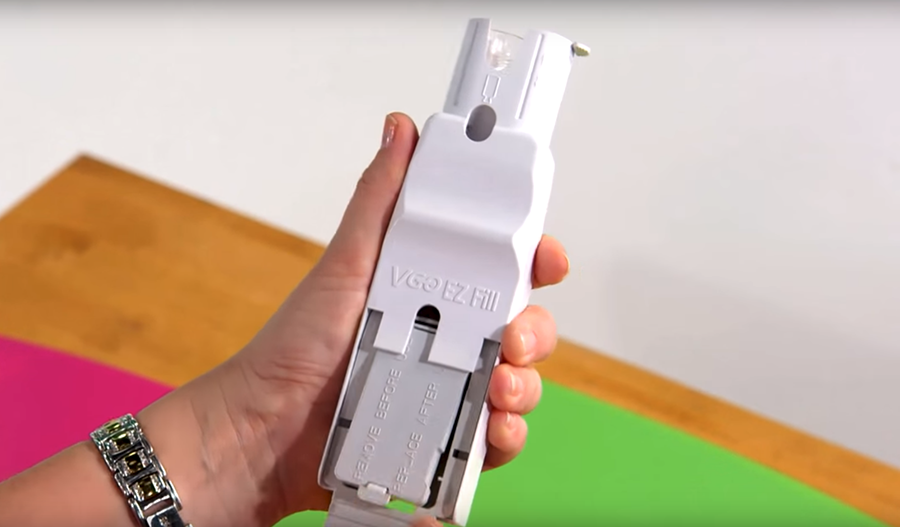Valeritas, a Bridgewater, NJ-based medical technology company, announced that its V-Go, a wearable insulin delivery system has shown improved clinical benefits in patients with uncontrolled type 2 diabetes previously treated with multiple daily injections (MDIs) at the Metabolic & Endocrine Disease Summit (MEDS) conference in San Diego, California. The study showed that insulin-dependent patients with uncontrolled type 2 diabetes experienced improved clinical benefits after they switched from MDIs to V-Go.
Read more Insulet Wins FDA Approval for Omnipod DASH Insulin Management System
V-Go® is Valeritas’ flagship products. It is a wearable Insulin Delivery device, which is simple and affordable. This all-in-one basal-bolus insulin delivery option for patients with diabetes that is worn like a patch and can eliminate the need for taking multiple daily shots. V-Go administers a continuous preset basal rate of insulin over 24 hours, and it provides discreet on-demand bolus dosing at mealtimes. It is the only basal-bolus insulin delivery device on the market today specifically designed for type 2 diabetes patients.
Amanda Patricia Wakim, DNP, FNP-BC an endocrinology-focused nurse practitioner in Wheeling, West Virginia, said many type 2 diabetes patients find it really challenging to adhere to an insulin regimen with MDIs, as it’s burdensome to their daily living. “In my practice, V-Go has been well received by patients as it removes the need for multiple injections, is simple to use, and has enabled many of my patients to lower their glucose, use less insulin, and not gain the weight normally seen with intensified insulin therapy,” she said.

The researchers discovered that patients treated by Advanced Practitioners experienced improved A1c levels while lowering insulin total daily dose (TDD) after switching to V-Go from MDI of insulin. The patients were assessed after an average duration of 3 and 7 months. At three months, the mean change in A1c was -1.1% from the mean baseline of 9.1%, and mean insulin TDD decreased to 58 units per day from a mean baseline of 87 units per day. At seven months, the mean change in A1c was also -1.1%, while the mean insulin TDD was 61 units per day. Change in the mean weight was less than 1 kg at both time points.
Read more Medtronic’s Smartphone-Connected CGM System Gets FDA Approval
According to John Timberlake, President and Chief Executive Officer of Valeritas, insulin only works if patients take them and many take insulins around each meal time and away from home. “This data from patients using V-Go prescribed by Advanced Practitioners is consistent with previously published data showing how patients can lower their blood glucose and do so using less insulin,” Timberlake said.












